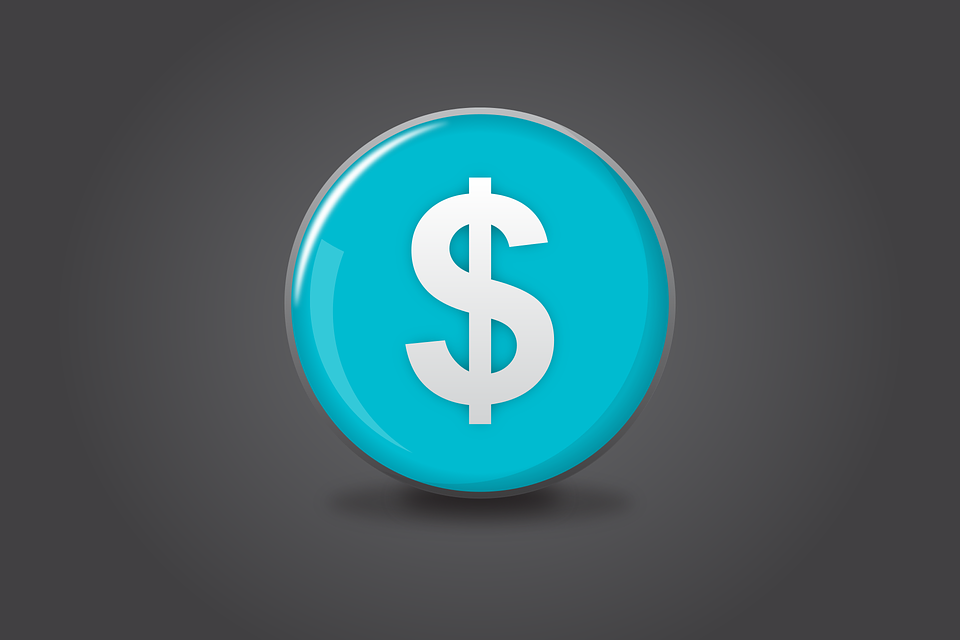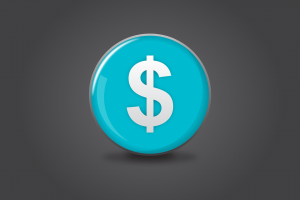
Capital vs Non-Capital Assets: What’s the Difference?
 When recording your business’s assets, you’ll need to know the difference between capital and non-capital assets. Assets can typically be classified as either capital or non-capital. While they both represent items of value, though, they aren’t the same. Capital and non-capital are two different types of assets that represent different items of value.
When recording your business’s assets, you’ll need to know the difference between capital and non-capital assets. Assets can typically be classified as either capital or non-capital. While they both represent items of value, though, they aren’t the same. Capital and non-capital are two different types of assets that represent different items of value.
What Are Capital Assets?
Capital assets are items of value that have a usable life of at least one year. Businesses don’t purchase capital assets to resell them. Rather, they purchase them to facilitate their operations. Capital assets consist of furniture, equipment, machinery, vehicles and other items of value that meet two criteria: They have a usable life of at least one year, and businesses use them to facilitate their operations.
What Are Non-Capital Assets?
Non-capital assets are items of value that aren’t directly attributed to a business’s operations. Like capital assets, non-capital assets have a usable life of at least one year. Non-capital assets, however, don’t affect a business’s primary money-making operations. Examples of non-capital assets include property, stocks and other investments.
Differences Between Capital and Non-Capital Assets
As you can see, capital and non-capital assets aren’t the same. They are two different types of assets. The main difference between capital and non-capital assets lies in their purpose. Capital assets are used to facilitate a business’s operations, whereas non-capital assets are used for other purposes.
Nearly all businesses have capital assets. Most businesses rely on capital assets like equipment and machinery to carry out their operations. Without these essential items of value, businesses may struggle to produce and sell their goods to customers.
Businesses may or may not have non-capital assets. Non-capital assets aren’t as common as capital businesses. Small- and medium-sized businesses will often have capital assets, but they may not have any non-capital assets. Non-capital assets consist of investments. Businesses don’t use them to facilitate their operations. Rather, businesses purchase non-capital assets in hopes of reselling them for a profit in the future.
In Conclusion
There are capital assets, and there are non-capital assets. An asset is considered a capital asset if it has a usable life of at least one year and is used to facilitate a business’s operations. An asset is considered a non-capital asset, on the other hand, if it has a usable life of at least one year and doesn’t affect a business’s primary money-making operations.
Have anything else that you’d like to add? Let us know in the comments section below!
